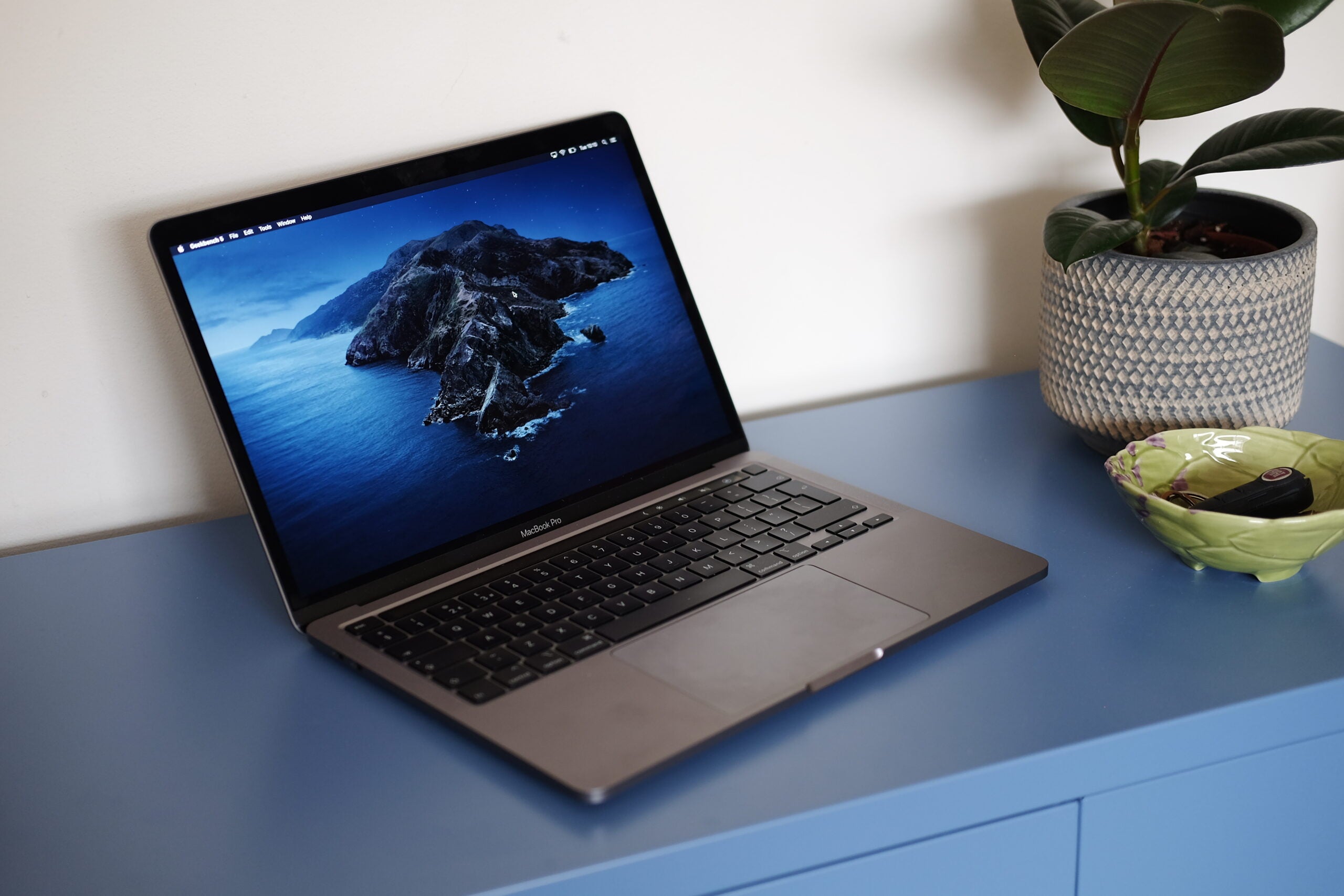

#SNAPGENE VIEWER FOR MAC FREE#
#HOW TO USE SNAPGENE VIEWER TO ALIGN TWO SEQUENCE FREE#Ĭhoose Īfter importing your reference genome and loading an alignment file, your screen should look similar to the following: And you are now free to investigate different areas and their alignments in the genome. Zoom in using the slider in the upper right.There are a lot of things you can do in IGV. Navigate by clicking and dragging in the window.Do this until you see mapped reads and finally individual bases appear. This is how you move left and right along the genome. Click on a track name on the left side of the window (Ex: bowtie.vcf), to select it. You can then use control-f and control-b to jump forward and backward within that list of features. Load multiple BAM alignments or VCF files at once.(If you have gene features loaded.) Type its name into the search box.

Try this to compare a few different regions between the bowtie and BWA results. Right click on the gene track and try "expanded". Right click on a BAM track and choose "show all bases" and "expanded".
#SNAPGENE VIEWER FOR MAC HOW TO#
See the IGV Manual for more tips and how to load other kinds of data. #HOW TO USE SNAPGENE VIEWER TO ALIGN TWO SEQUENCE HOW TO# Why are some reads different colors? Hint: Try changing the display options to show read pairs and editing some of the distance constraints.

What is different about the reads mapped to this location? What gene is this in and what is the effect on the protein sequence? What is a typical mapping quality (MQ) for a read? Convert this to the probability that it is mismapped. See if you can find more interesting locations.There are ~40 mutations total in this sample. #HOW TO USE SNAPGENE VIEWER TO ALIGN TWO SEQUENCE MAC#.#HOW TO USE SNAPGENE VIEWER TO ALIGN TWO SEQUENCE FREE#.#HOW TO USE SNAPGENE VIEWER TO ALIGN TWO SEQUENCE DOWNLOAD#.#HOW TO USE SNAPGENE VIEWER TO ALIGN TWO SEQUENCE HOW TO#.The precipitation method has an unfortunate side effect of messing up the reaction around base 70-75 of the read (see image below), so I would strongly recommend using a silica spin column. If your sequencing facility requires you to perform your own Big Dye PCR amplification reaction (as opposed to using the all inclusive service some companies offer), you can purify the product either via the Sodium Acetate/isopropanol precipitation method or using a silica spin column available from several vendors. Use a silica spin column for purification of the samples you send for DNA sequencing The peaks here are usually unresolved and small, so I suggest designing your primer at least 50bp upstream of the sequence of interest. Never trust the first 20-30 bases of a DNA sequencing read Anything more and you’re venturing into the uncertain terrain. Expect to get 500-700 bases of clean reliable DNA sequenceĪnything less and you might suspect contamination in your sample or consider asking your sequencing facility to apply a special protocol for a difficult template. You should see individual, sharp and evenly spaced peaksģ. You can use any of the following programs to view your. Guidelines to help with DNA sequencing troubleshooting and analysis 1. In fact this is so ambiguous that the DNA sequencing reaction should be repeated. If you never looked at the trace you would be happy.īut look closer, the overlapping peaks in the chromatogram suggest the results are not as certain as the sequence may suggest. Chromatograms come to the rescue for analyzing and troubleshooting your DNA sequencing resultsĪbove (top right corner of this post) is an example of a seemingly clean DNA sequence (no Ns in sight). And, like all controls, missing out is a big mistake. When it comes to DNA sequencing the chromatogram is your visual control. These controls help you properly visualize your results.The most important of those is to always look closely at the trace file (or chromatogram) of the sequencing results you get back from your favorite sequencing facility. When you run a restriction digest on a gel you always include proper controls like uncut DNA and the proper ladder. So I have developed some good habits that I wanted to pass on to you to make sure you are getting the most out of the data you get back from your sequencing runs. This blog was originally published on BitesizeBio here.Īs part of my job ensuring plasmid quality at Addgene, I analyze 50-100 sequencing reactions a week.


 0 kommentar(er)
0 kommentar(er)
